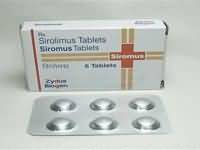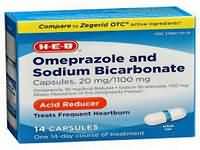Terbinafine

CLINICAL USE
Antifungal agent:Fungal infections of the skin and nailsDOSE IN NORMAL RENAL FUNCTION
250 mg dailyTopical: apply once or twice dailyPHARMACOKINETICS
DOSE IN RENAL IMPAIRMENT
GFR (mL/MIN)
DOSE IN PATIENTS UNDERGOING RENAL REPLACEMENT THERAPIES
IMPORTANT DRUG INTERACTIONS
Potentially hazardous interactions with other drugsADMINISTRATION
Reconstition
–Route
Oral, topicalRate of Administration
–Comments
–OTHER INFORMATION
Terbinafine is hepatically metabolised to two major metabolites, 80% of which are renally excretedLittle information is available regarding the handling of terbinafine in renal failure but clearance is reduced by 50% if GFR<50 mL/min In CKD 5 use with caution and monitor for side effects .
See how to identify renal failure stages according to GFR calculation
See how to diagnose irreversible renal disease
Home








